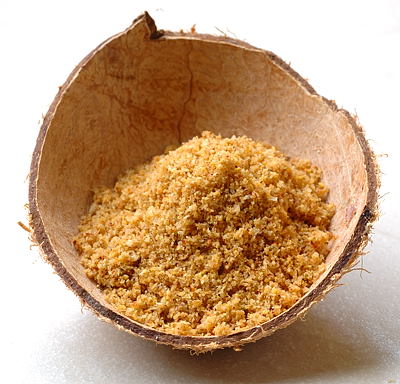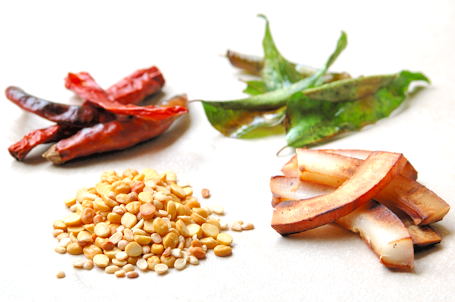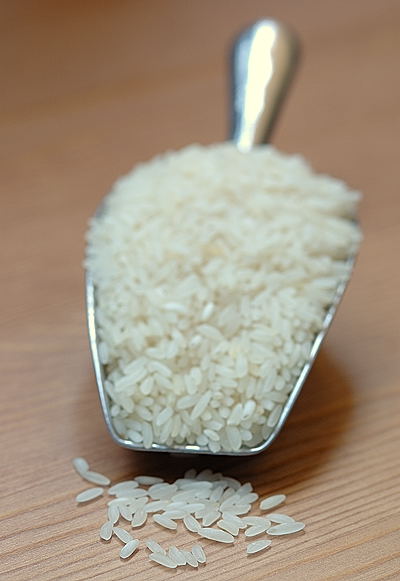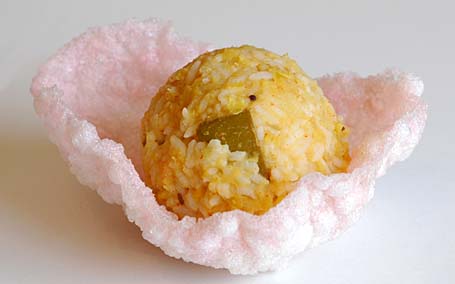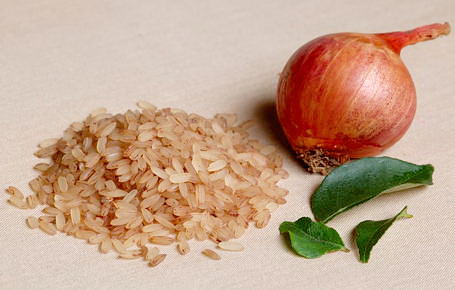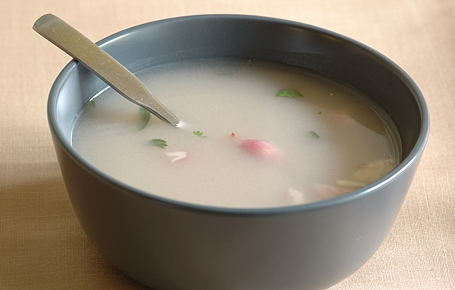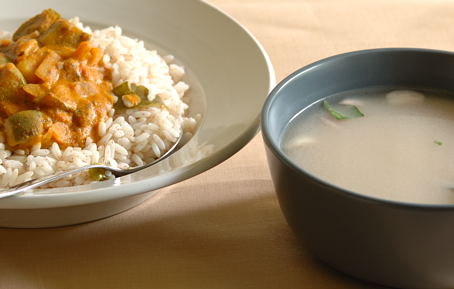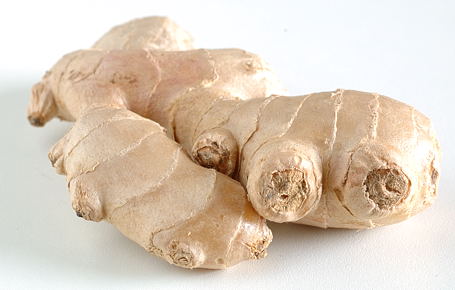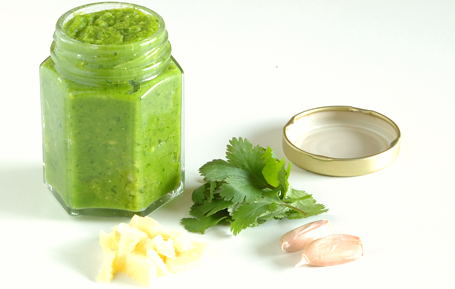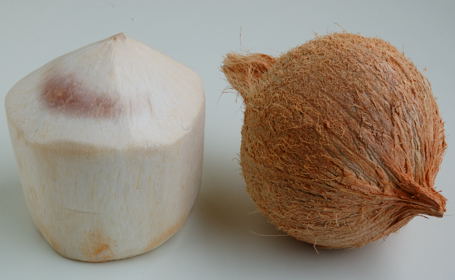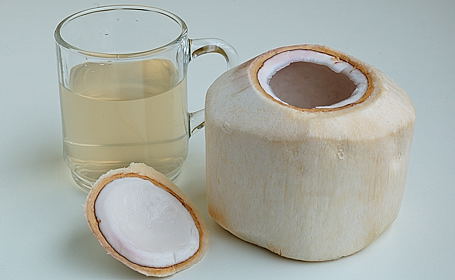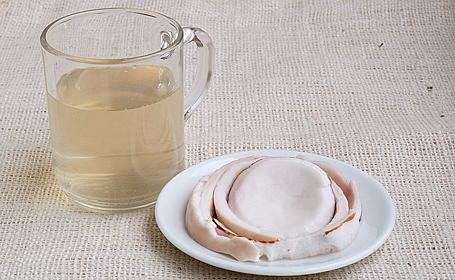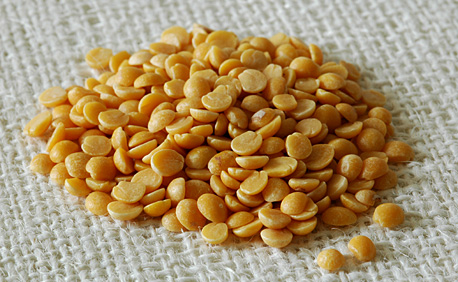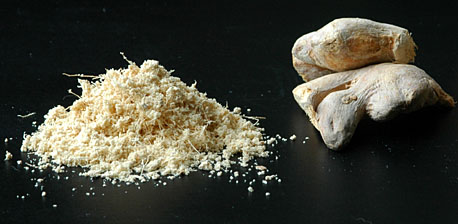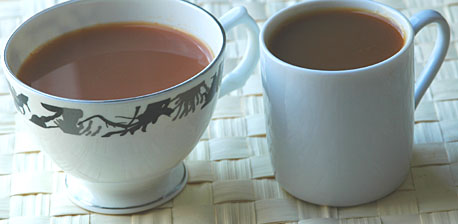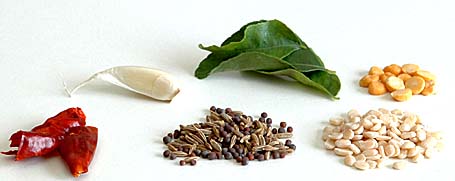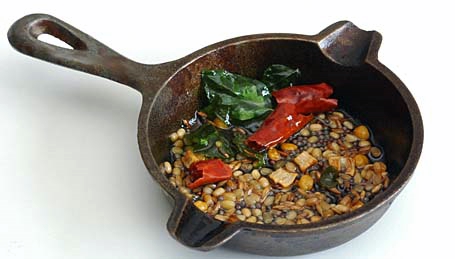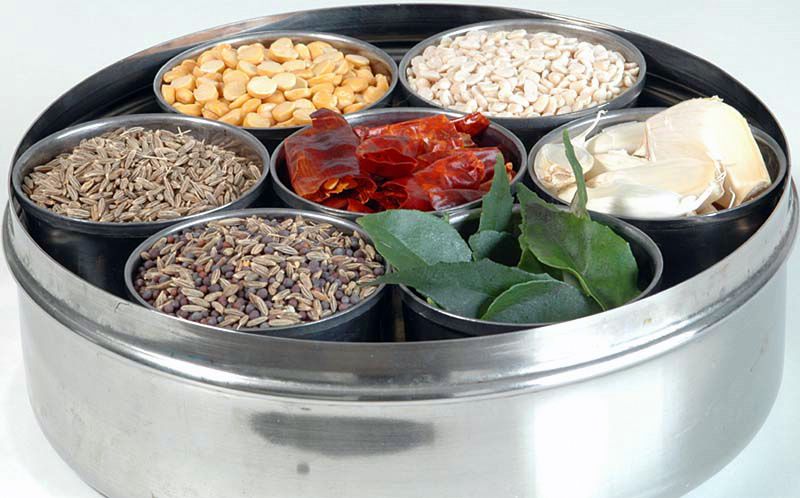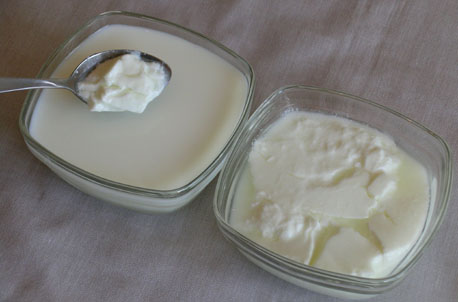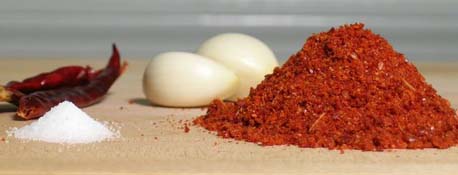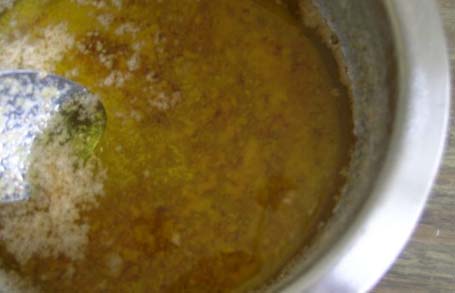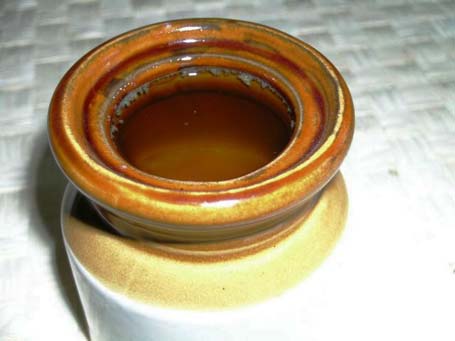Food blogging has opened a new way for me to meeting interesting people who also share my passion and philosophy in cooking. Anjali Damerla of Supreme Spice is one such person. She belongs to the spice world and has a great knowledge about our traditional and ancient spices and herbs. I truly believe that we all could benefit from her knowledge. Through her periodical articles on Mahanandi, Anjali will be sharing the benefits and uses of various spices and herbs.
~Indira.
Pasupu (Turmeric, Haldi)
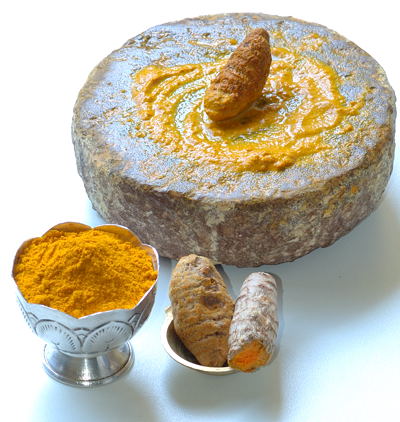
Fresh and Dried Turmeric Root, Turmeric Powder and Fresh Turmeric Paste
Turmeric is probably the most revered spice in Ayurveda.
One cannot imagine a Hindu festival or wedding without this amazing wonder of nature. The western world has just started to understand turmeric whereas our ancestors knew it properties for centuries and incorporated it in our daily cuisine.
Turmeric has anti-inflammatory, antiseptic properties and is considered a blood purifier. Curcumin, found in turmeric, is an anti-oxidant. Anti-oxidant is a substance that has the ability to stabilize or neutralize the damaging effects of free radicals. An anti-oxidant may be a vitamin or mineral such as vitamin C or zinc. Free radicals are produced when cells convert oxygen to energy. A few free radicals are not dangerous, but too many can damage cell membranes, proteins and DNA. To get more information on free-radicals read this article. There’s a lot of research being done to see whether turmeric can be used to treat arthritis. Studies have also found that India, with its turmeric rich cuisine, has fewer cases of Alzheimer’s.
It’s interesting to see how Indian culture has incorporated turmeric in everyday life. In Andhra, women used to apply turmeric paste to their feet everyday (this custom is still going strong in some interior parts of Andhra). The reason behind this custom is that not many wore sandals/chappals in olden days and by applying turmeric paste they made sure that their feet were healthy. Now that’s smart.
Unfortunately, the turmeric powder that we buy in stores nowadays has some food color added to it. In my experience, pure turmeric has an orangish tinge to it. No wonder turmeric was confused for saffron in olden times and was also known as “Poor man’s saffronâ€Â.
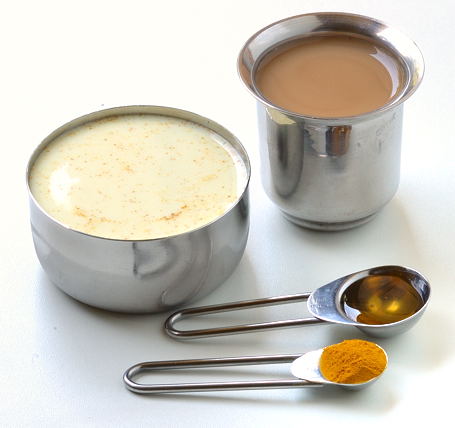
Turmeric and Honey ~ for Turmeric Milk and Turmeric Tea
When it comes to turmeric in cooking, I add it to the tadka/popu but also sprinkle some after the vegetables are cooked. The most popular usage is warm milk with some turmeric and honey/sugar. My daughter sometimes complains of body ache after a long day of jumping and running (or after “sports day†in school which is invariably on the hottest day of the month). I give her a glass of warm milk with turmeric and it really helps. Milk with turmeric is also good for preventing and curing pimples. A mixture of honey and turmeric is a time tested remedy for sore throat. Gargling with warm water to which salt and turmeric is added, works well too.
Another interesting way to benefit from turmeric is to take it in the form of tea. Here is a simple recipe for Turmeric Tea: Boil water, add turmeric powder, grated ginger (or cardamom pods work well too), little sugar. Add some milk. Let it simmer for a few more seconds. Enjoy.
Turmeric is getting a lot of attention from researchers around the world. Hopefully this will generate more interest in Ayurveda too.
~ Guest Post by ~ Anjali Damerla of Supreme Spice
Photo Credit : Indira Singari
